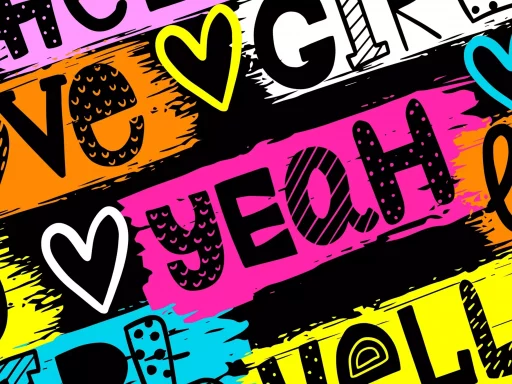Introduction to Powder Slang
Powder slang encompasses the unique vocabulary used by snow sports enthusiasts, particularly skiers and snowboarders, to describe conditions, techniques, gear, and experiences on the slopes. This niche terminology not only enhances communication but also fosters a sense of community among aficionados. In this article, we will explore some popular powder slang expressions, their meanings, and how they contribute to the culture of snow sports.
The Basics of Powder Slang
To truly appreciate the world of powder slang, it helps to understand some fundamental terms:
- Powder: Soft, fluffy snow that is ideal for skiing and snowboarding.
- Pow Day: A day when fresh powder has fallen, resulting in optimal skiing conditions.
- Face Shot: The sensation of snow hitting your face after carving through deep powder.
- Freshies: Freshly fallen snow that has not yet been skied or boarded upon.
- Chunder: Rough, uneven snow often encountered after a heavy snowfall followed by warmer weather.
Examples of Common Powder Slang
Powder slang not only includes terms related to snow conditions but also encompasses phrases that describe the experience and lifestyle of snow sports. Here are a few more examples:
- Tree skiing: Skiing between trees, often associated with powder stashes.
- Stoked: A term that conveys excitement and enthusiasm, often used by riders after an epic day on the slopes.
- Gnarly: Used to describe a challenging or extreme riding situation.
- Send it: Encouragement to go for it or push one’s limits, often used before executing tricks or jumps.
The Evolution of Powder Slang
Powder slang has evolved alongside the sport itself, influenced by advances in technology, shifts in riding styles, and the growing popularity of snowboarding and skiing. For example:
- The Rise of Freeskiing: As more skiers adopted freestyle techniques, new slang terms emerged, like “slopestyle” and “big air.”
- Snowboarding Influence: The integration of snowboarding into ski resorts brought slang such as “Shred the gnar” and “Pillow lines” into the mainstream.
Case Studies: The Role of Powder Slang in Snow Sports Communities
Several communities and events have embraced powder slang as part of their culture. Here are a couple of noteworthy examples:
1. The Aspen Snowmass Community
In Aspen, Colorado, local snow sports enthusiasts have developed a rich lexicon to describe their unique mountain terrain. From “hitting the backcountry” to “Chasing the pow,” slang promotes a sense of camaraderie. The community often organizes competitions that celebrate not only skills but also the slang used during their events.
2. The Tahoe Backcountry Adventure Club
This club has embraced powder slang as part of its branding and outreach. They host events like “Freshies Fridays,” where members share their new powder finds and discuss techniques for tackling different snow conditions. The use of localized slang deepens the connection among members and enhances the overall experience.
Statistics on Snow Sports and Slang Usage
The impact of snow sports slang can also be observed through various statistics:
- According to a report by the National Ski Areas Association, over 61 million Americans ski or snowboard each year.
- Surveys indicate that 85% of skiers and snowboarders believe that the unique colloquial language enhances their experience on the slopes.
- Social media platforms have seen a 40% increase in the use of powder slang among users sharing their skiing and snowboarding adventures over the last five years.
Conclusion: The Power of Powder Slang
Powder slang represents more than just a collection of words; it signifies a shared passion and culture among winter sports enthusiasts. By understanding and embracing this unique terminology, newcomers can immerse themselves in the rich world of snow sports and feel a deeper sense of connection with other riders. Whether you’re discussing conditions, sharing experiences, or simply expressing excitement, powder slang creates a vibrant community that thrives on the joy of the slopes!





